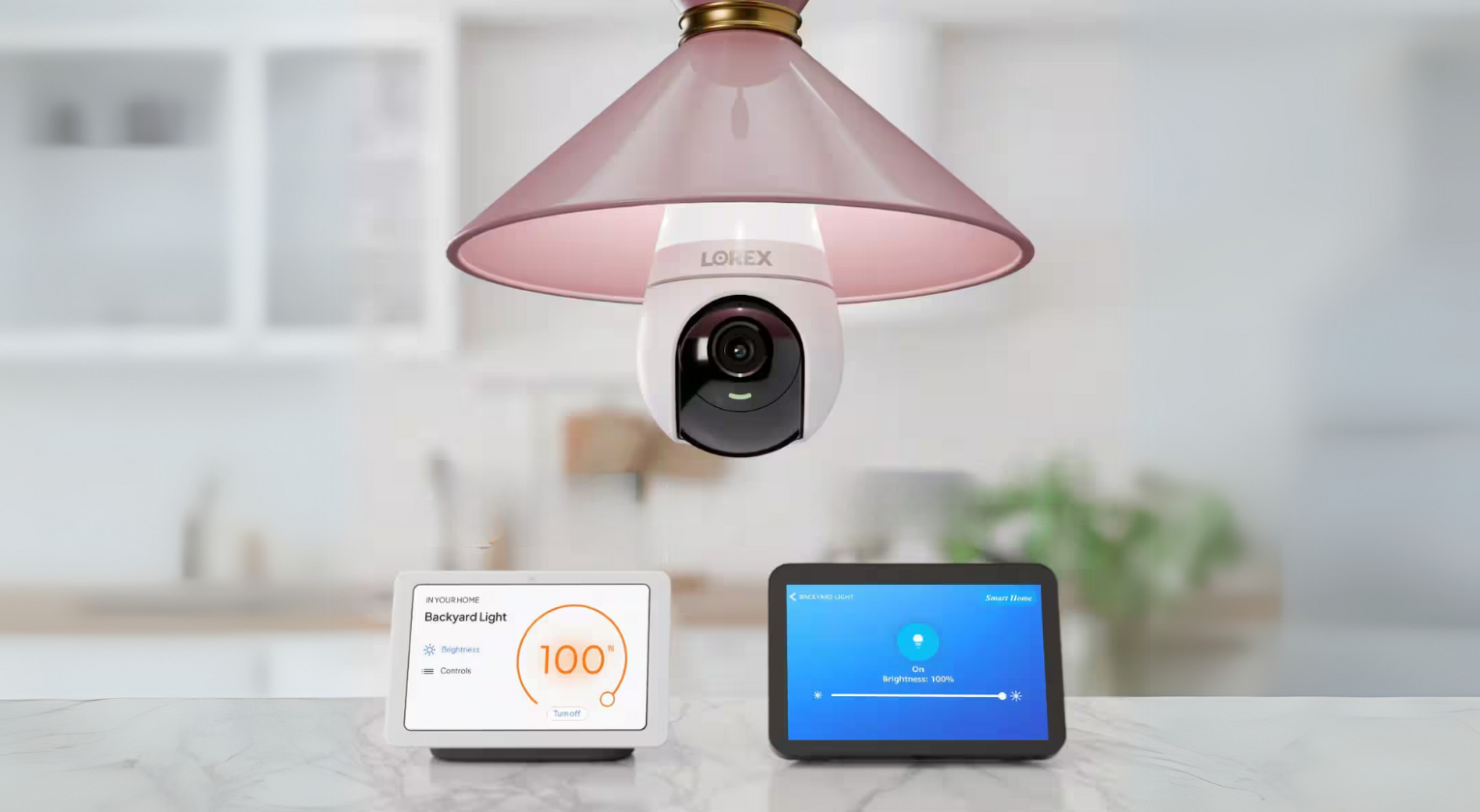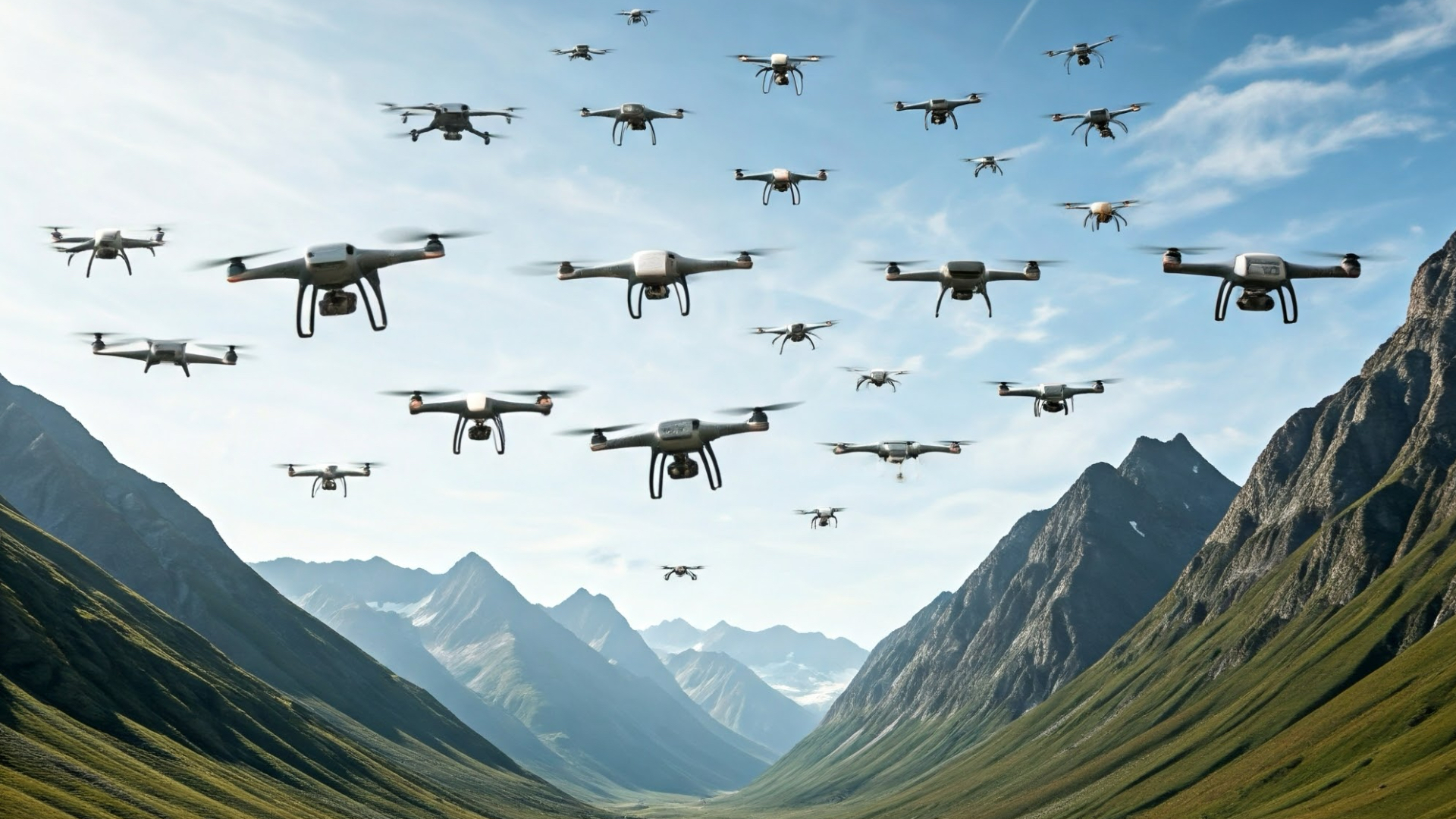

The drone industry – both consumer and industrial – has made incredible strides over the past decade, but in my humble opinion there’s still room for extra innovation to make consumer drones – especially those equipped with a camera – smarter, safer and even more versatile than they already are.
You could say that this article is aimed partly at DJI since it’s the only consumer drone company to continually push the envelope, a company so ahead of the curve it’s hardly worth considering any other brand. Not for nothing does DJI occupy five lofty positions out of seven in our guide to the best drones, a feat no other drone manufacturer can come even close to matching.
In fact, the company’s latest release, the incredible DJI Flip, may just be the most versatile model that any drone company has every created. This little tyke weighs less than 250 grams, which means it can be flown with fewer restrictions. Its 1/1.3-inch camera sensor is the same as that fitted to the amazing prosumer-spec DJI Mini 4 Pro.
Yet, it can be flown from the hand of a personal aerial videographer or controlled using its provided hand controller to shoot a wide range of stunning vistas from up to 14km away while staying aloft for up to 31 minutes at a time. This is all groundbreaking stuff that we could only dream about 12 years ago when DJI launched its first drone, the Phantom 1.
Yet, despite all this – and this is me putting my wannabe inventor’s hat on – I’d be keen to see even more innovations going forward; some simple and some quite advanced and therefore unrealistic, I would expect. So, without further ado, here are a few consumer drone transmogrifications (thanks, Mr Thesaurus) that I’d love to see in 2025 and beyond. If anyone can pull it off, it’s DJI.
Buoyancy
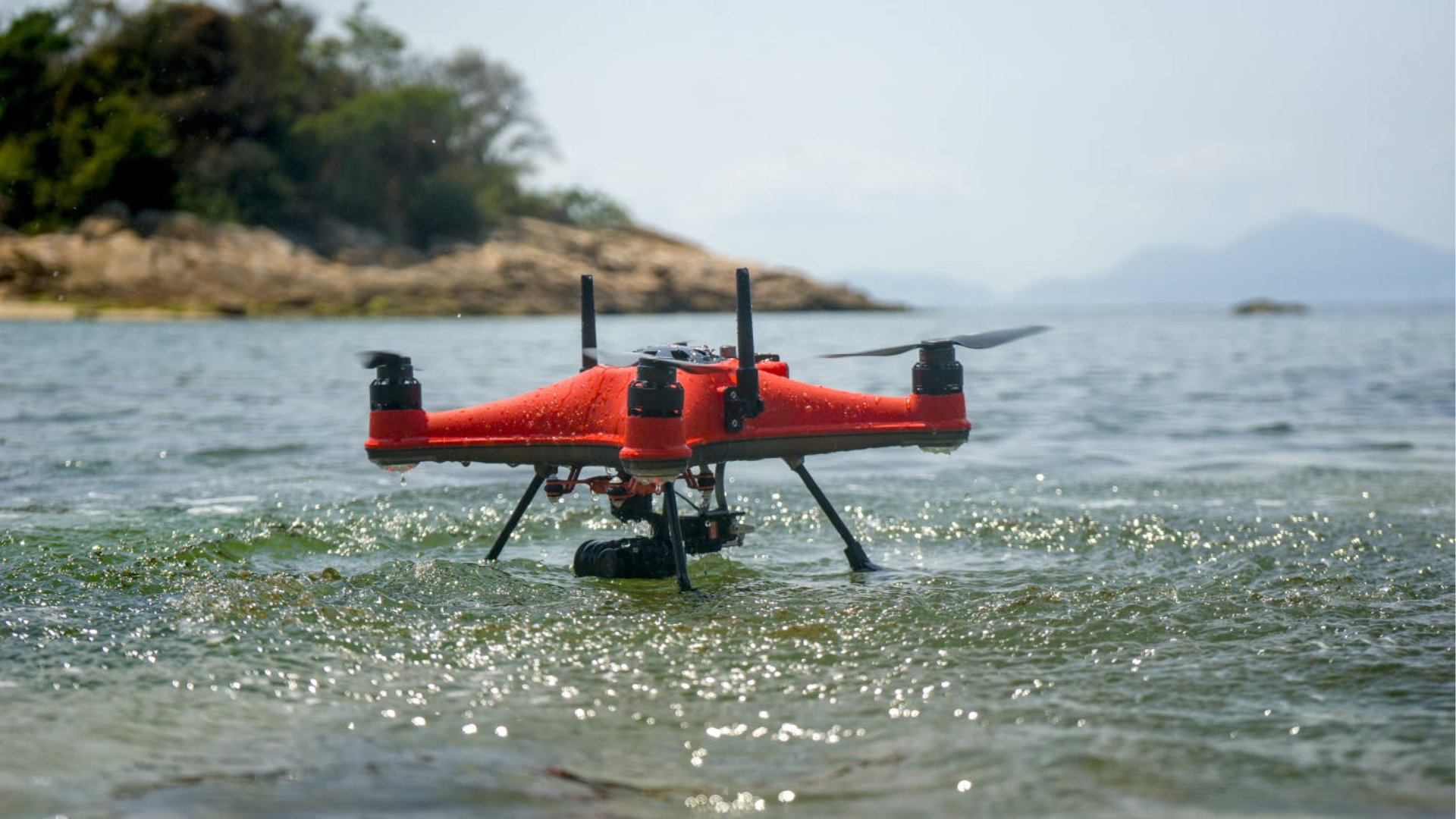
The waterproof Splash Drone 4 proves floatation is possible
Apart from one or two drones (namely the SwellPro Splash Drone 4 and the hard-to-buy PowerVision PowerEgg X), few models on the market are capable of floating and yet water is the drone’s arch nemesis. There are numerous stories and plenty of video examples on YouTube of drones taking the plunge and disappearing for ever. And it happens in mere seconds from the moment the drone hits the water.
Of course, thousands of pilots have safely flown their drones over large bodies of water, and some pilots, like The Malibu Artist, have even made a living out of filming sharks in their natural habitat from a safe distance above. However, while nine out of ten flights go without a hitch, there are still plenty of scenarios that have put a spanner in the works. Some drones have been lost due to battery depletion or a rare case of motor failure, others have been taken out of the air by angry sea birds, but most have been lost during take offs and hand landings from a boat.
Sign up to the T3 newsletter for smarter living straight to your inbox
Get all the latest news, reviews, deals and buying guides on gorgeous tech, home and active products from the T3 experts
Just imagine how gut-wrenching it must be to watch your drone slip out of your hand on landing, only to fall a few feet from the boat and sink like a stone. Now imagine the same scenario with some kind of floatation device that doesn’t upset the drone’s aerodynamics and battery performance like so many of the bolt-on polystyrene accessories that have been on the market for years.
I’m not talking about drastically changing the design so the drone can actually land and take off on water like an expensive Splash Drone 4. Instead, I’d love to see some kind of buoyancy added beneath the fuselage, like pockets of sealed air or any internal spaces filled with polystyrene. Or maybe even a drone-specific version of those balloon devices that boaters use to attach their valuable items to, so the moment the drone hits the water, the balloon auto-inflates to keep the drone buoyant until it’s retrieved. Basically, something to keep the drone partially afloat instead of simply sinking.
But water kills electronics; I hear you proffer. That’s perfectly true, especially if it’s salt water. However, my thinking is more along the lines of saving the drone rather than knowing roughly where it is but never being able to retrieve it. For me, it’s the awful thought of having my prized gear sitting 20 feet or more on the bottom of a lake or seabed that I will never be able to get my hands on unless I employ a SCUBA diver at great expense.
If the drone’s body joins are well sealed, and the floatation is just enough to keep the drone’s motors out of the water for most of the time, there’s a very good chance it could be dried out and saved or parts replaced, especially if fresh water was involved. Rather than it just sitting there on the bottom to slowly meld with the rest of the underwater world while you cry into your beer.
Livery
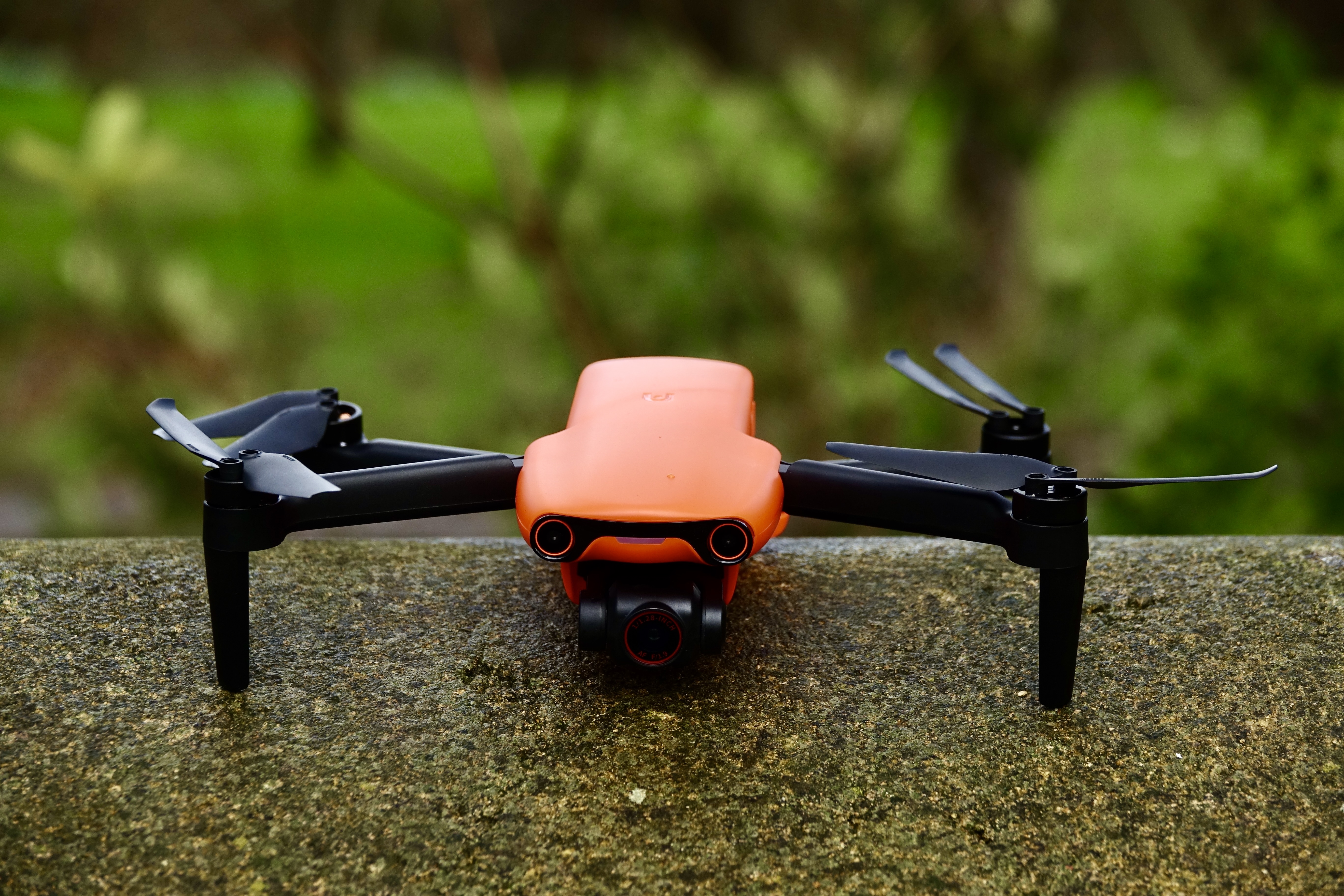
Let's have a little more colour in our drones please
Most drones on the market, especially those produced by DJI, are decked out in various shades of dull grey or white, and I can’t think of a worse colour for a small item like a drone that will invariably be flown under grey or white fluffy clouds and possibly over 500 metres away from the user.
Take the DJI Mini 4 Pro, for instance. As soon as it’s over 50 metres away, it just blends into the horizon, and you’re left squinting to try and spot it between glancing at the controller’s screen to gauge its whereabouts. This happens to me all the time, especially if it’s hovering while I’m using the control screen to compose a shot. By the time I look up again, the drone’s disappeared from view until I fly it back and forth a little to spot its movement.
Mind, it’s not just their camouflaged livery that bothers me, it’s the fact that the vast majority of colour ways used by most drone manufacturers are so unimaginative. In fact, most modern drones look like they mistakenly missed the paint department on their way out of the factory.
So, like the car industry or an Apple phone or laptop, I’d like to see drones provided in a variety of different colours, partly for visibility but just as equally for personal preference. Perhaps even a striking reflective livery to drive birds away. Yes, I know you can buy decals and wraps galore, but who wants to faff about with them?
I loved the variety of colours that Autel offered for its Evo series of drones, especially its choice of rich orange that not only looked really cool but made it more visible when flown further away. Even DJI’s earlier Spark model from 2017 came in four colours – Lava Red, Alpine White, Meadow Green and Sunrise Yellow. Let’s go back there again, please.
Modular camera design
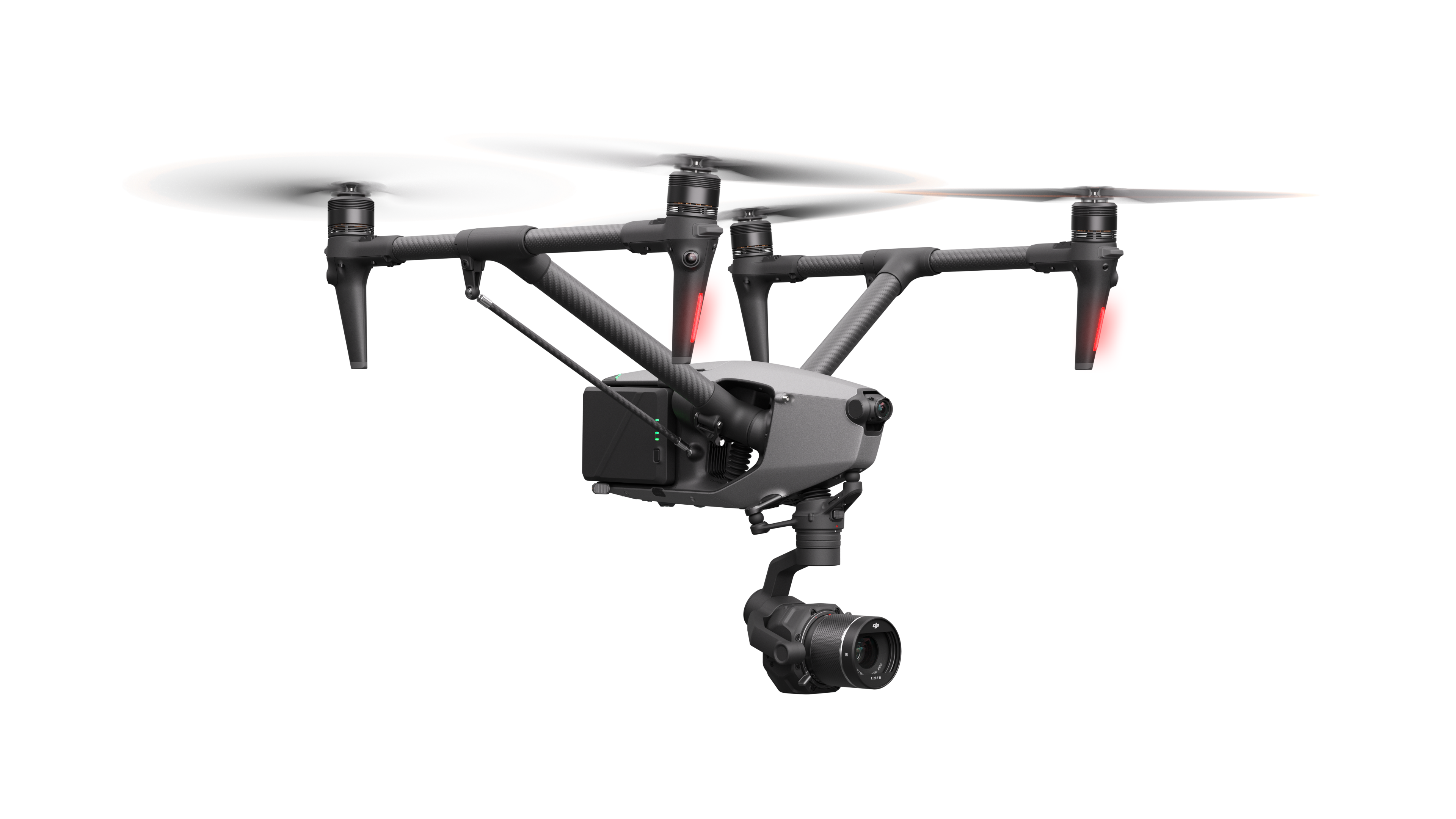
The extraordinarily pricey DJI Inspire 3 features a changeable camera system that I'd love to see on cheaper drones
There’s been a lot of chatter on the internet about DJI’s next slew of drones, and chief amongst these is the forthcoming Mavic 4 Pro. No one really knows what tantalising innovations DJI has in mind for its most popular pro-grade model, but there’s been a lot of talk about the camera, which looks quite a lot bigger than the current variant, at least in the leaked images.
Given that the Mavic Pro series is far and away the most popular variant for many pros who either can’t afford the hugely expensive DJI Inspire 3 or simply require comparative video quality from a much smaller and, therefore, more portable drone, what are the chances going forward of companies like DJI producing a small-form drone with a modular camera system?
Instead of having three different cameras with different focal lengths in a single housing like that on the current Mavic Pro 3, imagine how amazing it would be to be able to attach a range of individual affordable cameras, each with a particular focal length and aperture range. A bit like the Inspire 3, in other words.
This could revolutionise the world of pro and semi-pro videography and photography because the user would be able to add different cameras to their kit bag as an when they can be afforded. And since each camera housing would be roughly the same size as current models with three cameras on board, it would provide more space in the cavity to experiment with even larger sensors. And a larger sensor usually equals better image quality. What’s not to like?
Mid-air solar charging
Although most quality camera-equipped drones are capable of staying aloft for 30 minutes or more, battery life remains a significant limitation for some drone enthusiasts, especially those who like to venture beyond the legal line-of-sight distance.
If flying in a mountainous area, for instance, it might not be possible to walk to an area of outstanding natural beauty that’s several miles away. But if you have a drone, you can simply fly it there, grab the money shot and fly it back again. However, a flight time of 30 minutes is often not enough for a drone to get to the subject of choice, have the pilot compose and take the shots and then return to its take-off point before the battery runs out. Many a drone has been lost this way.
Now, I’m no scientist (obviously), but would’t it be a wheeze if the fuselage on a drone like the Mavic 3 Pro could be fitted with a row of top-mounted solar cells that feed a trickle charge to the battery, much like my Eufy outdoor security camera.
Perhaps just enough juice to give the drone an extra few minutes of flight time in the event of an emergency. It seems that some clever bods have already started the ball rolling if this article in NewScientist is anything to go by. Who knows, in the distant future, we may all be able to enjoy the prospect of mind-blowing energy-beaming technology that uses laser or microwave energy to keep drones airborne indefinitely. Now that would be something.
Affordable Swarm Technology
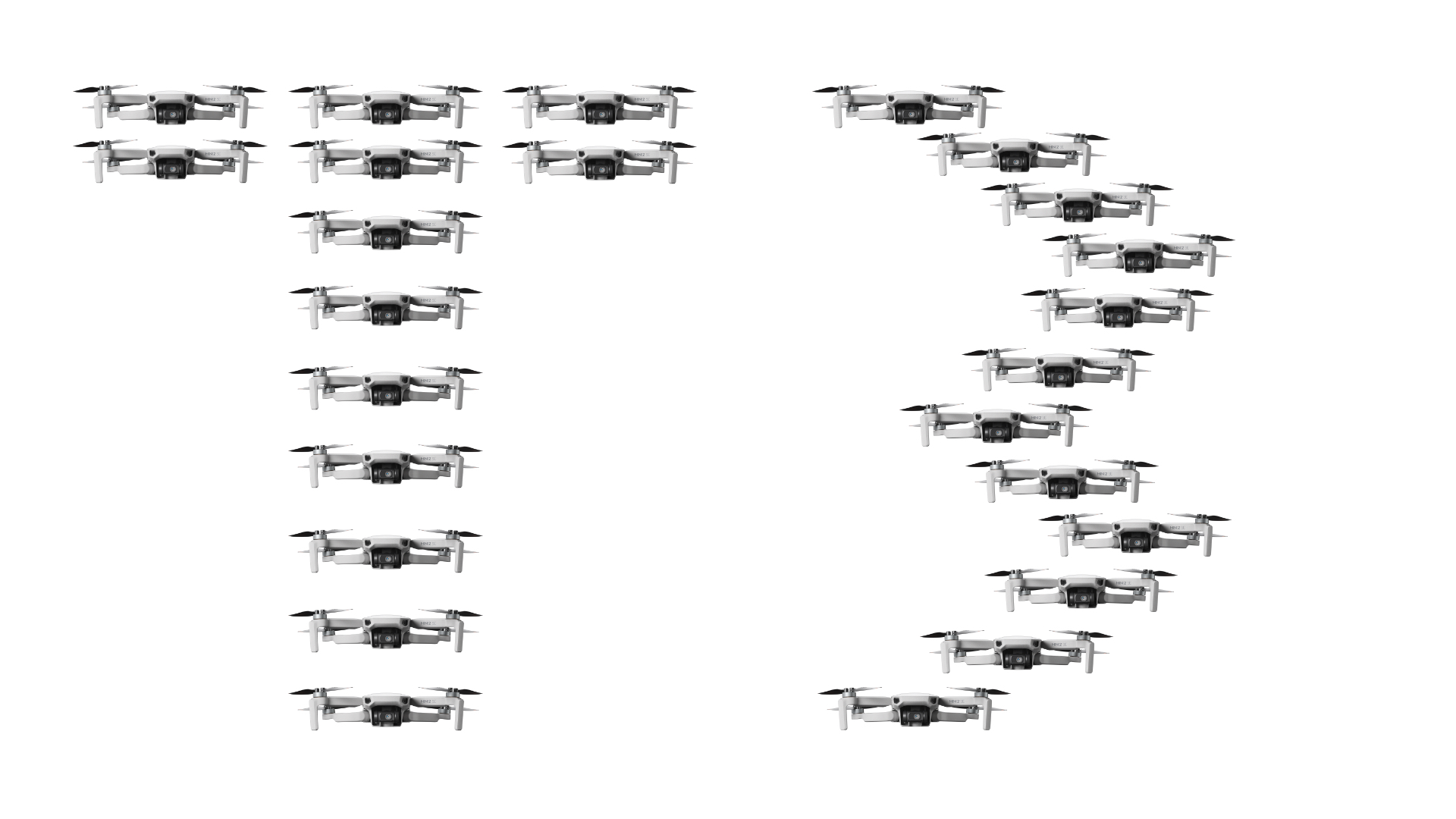
Swarm drones have already captivated the military and entertainment sectors, so it’s about time they reached consumers, too. In fact, I’ve always fancied the prospect of owning a swarm of mini drones for no reason other than to experience the excitement and wonder of controlling half a dozen or so titchy drones as they duck and dive in perfect formation. Just like one of those amazing aerial drone displays you see at big events, only on a smaller scale.
I’m not talking about in-depth programming or other complex methods; rather, a simple system comprising a master drone and several similar satellite drones that use GPS, LiDAR or similar to keep a certain distance apart no matter which direction they’re flying. Crucially, the control system needs to be simple, too, and be no different to flying a single drone using a standard hand controller.
Just imagine how cool this concept would be. You start out with a basic package of, say, three to six drones – all fitted with different coloured lights – and a hand controller like DJI’s RC2 remote, which comes with its own screen. And then you fly them in formation just like any drone. If DJI picked up this mantle, you can be sure they’d add some autonomous flight modes, too, and perhaps a variety of pre-set commands that make the drones perform a sequence of manoeuvres using different coloured lights for magical effect. Kids would love it, and I know this because I’m (a big) one.
Derek (aka Delbert, Delvis, Delphinium, Delboy etc) specialises in home and outdoor wares, from coffee machines, white appliances and vacs to drones, garden gear and BBQs. He has been writing for more years than anyone can remember, starting at the legendary Time Out magazine – the original, London version – on a typewriter! He now writes for T3 between playing drums with his bandmates in Red Box (redboxmusic).
-
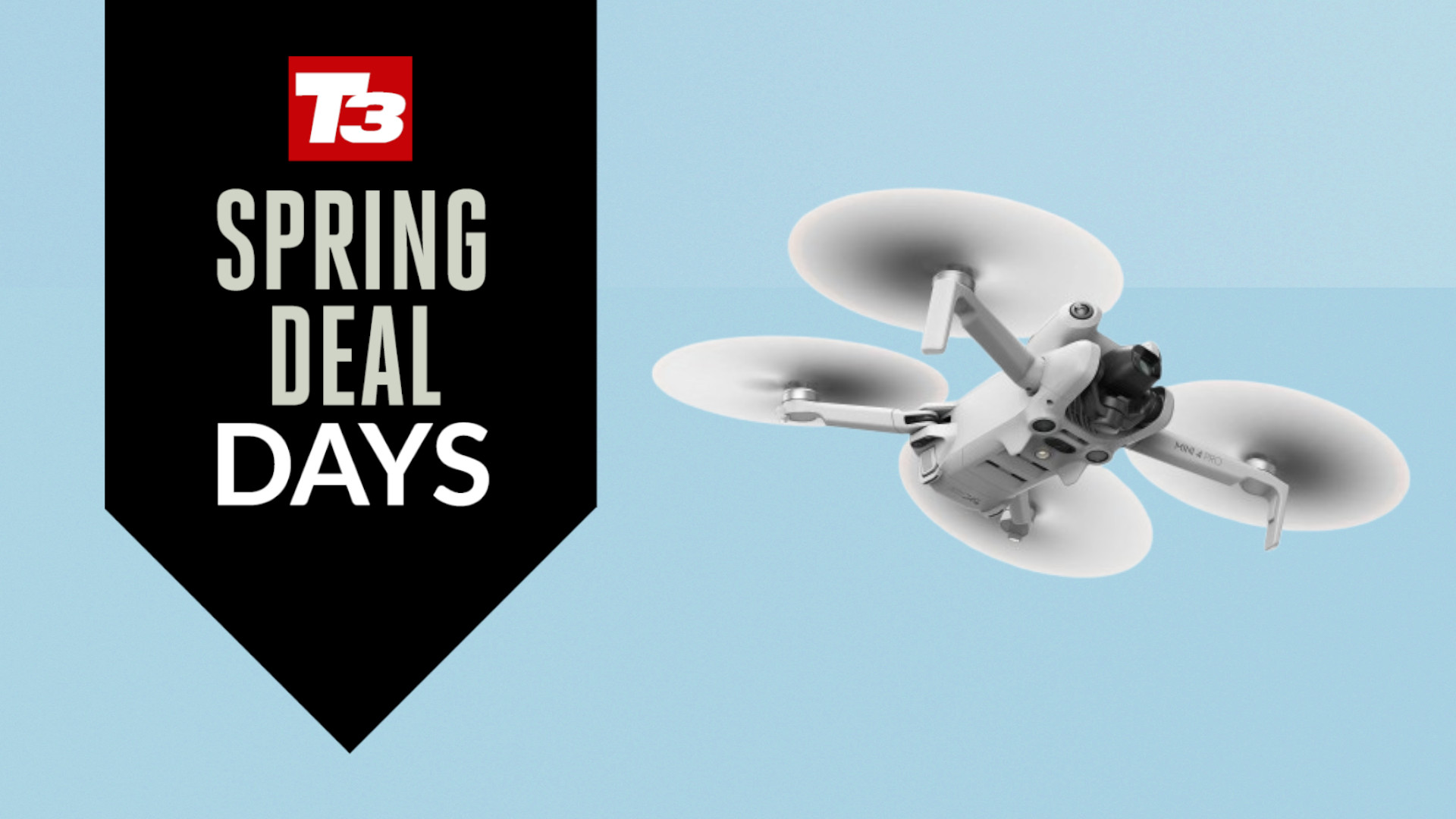 Forget Amazon’s Spring Sale – this five-star DJI drone deal at Walmart is too good to miss
Forget Amazon’s Spring Sale – this five-star DJI drone deal at Walmart is too good to missSave $200 on DJI’s Mini 4 Pro – a sensational sub-250 gram drone
By Bryony Firth-Bernard
-
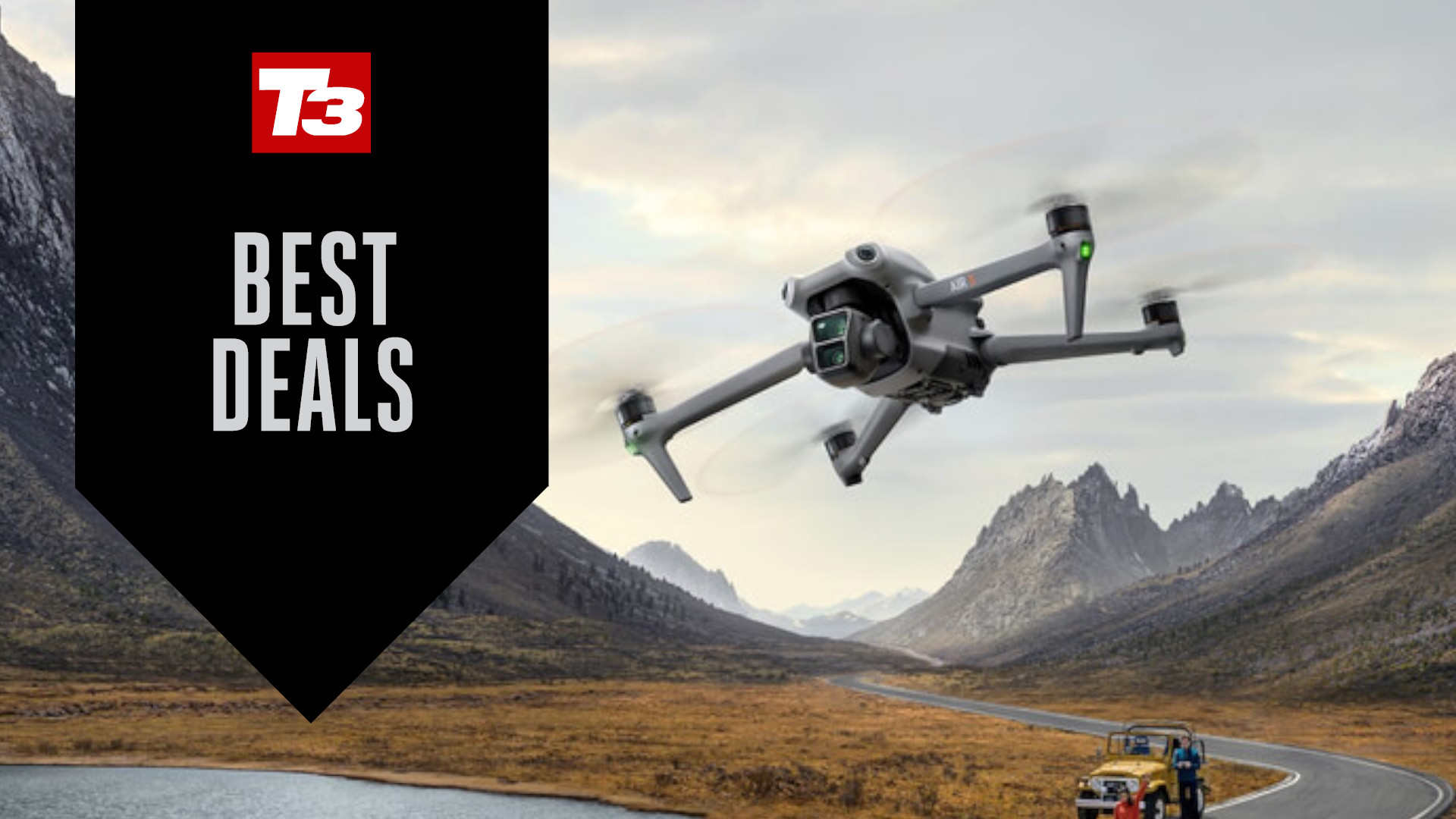 Hurry! DJI’s festive sale has up to 36% off drones, action cameras and more
Hurry! DJI’s festive sale has up to 36% off drones, action cameras and moreChristmas has come early people!
By Bryony Firth-Bernard
-
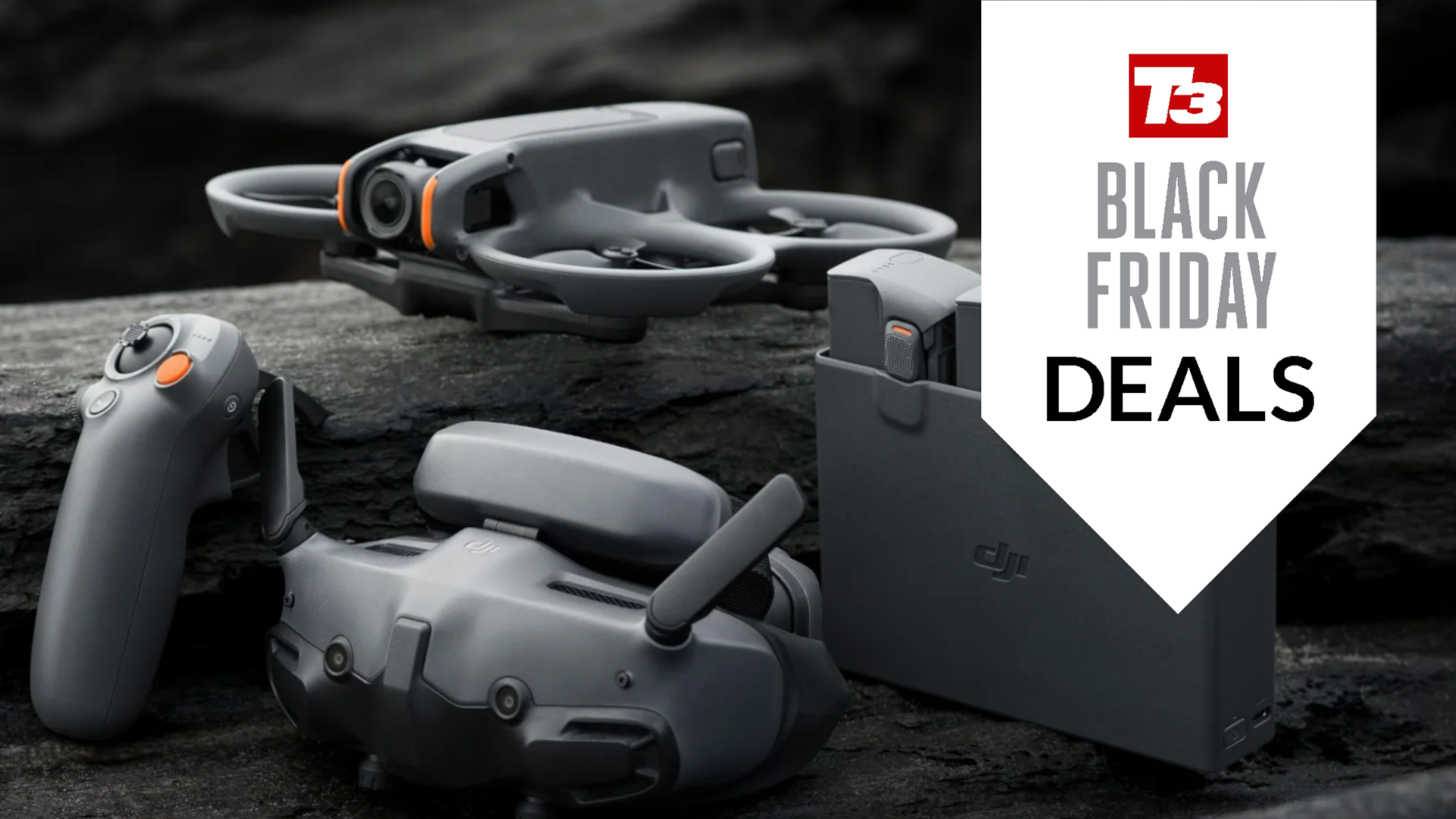 5-star DJI drone bundle crashes to an all-time low price for Black Friday
5-star DJI drone bundle crashes to an all-time low price for Black FridayA brilliant bargain bundle, grab it while you can!
By Bryony Firth-Bernard
-
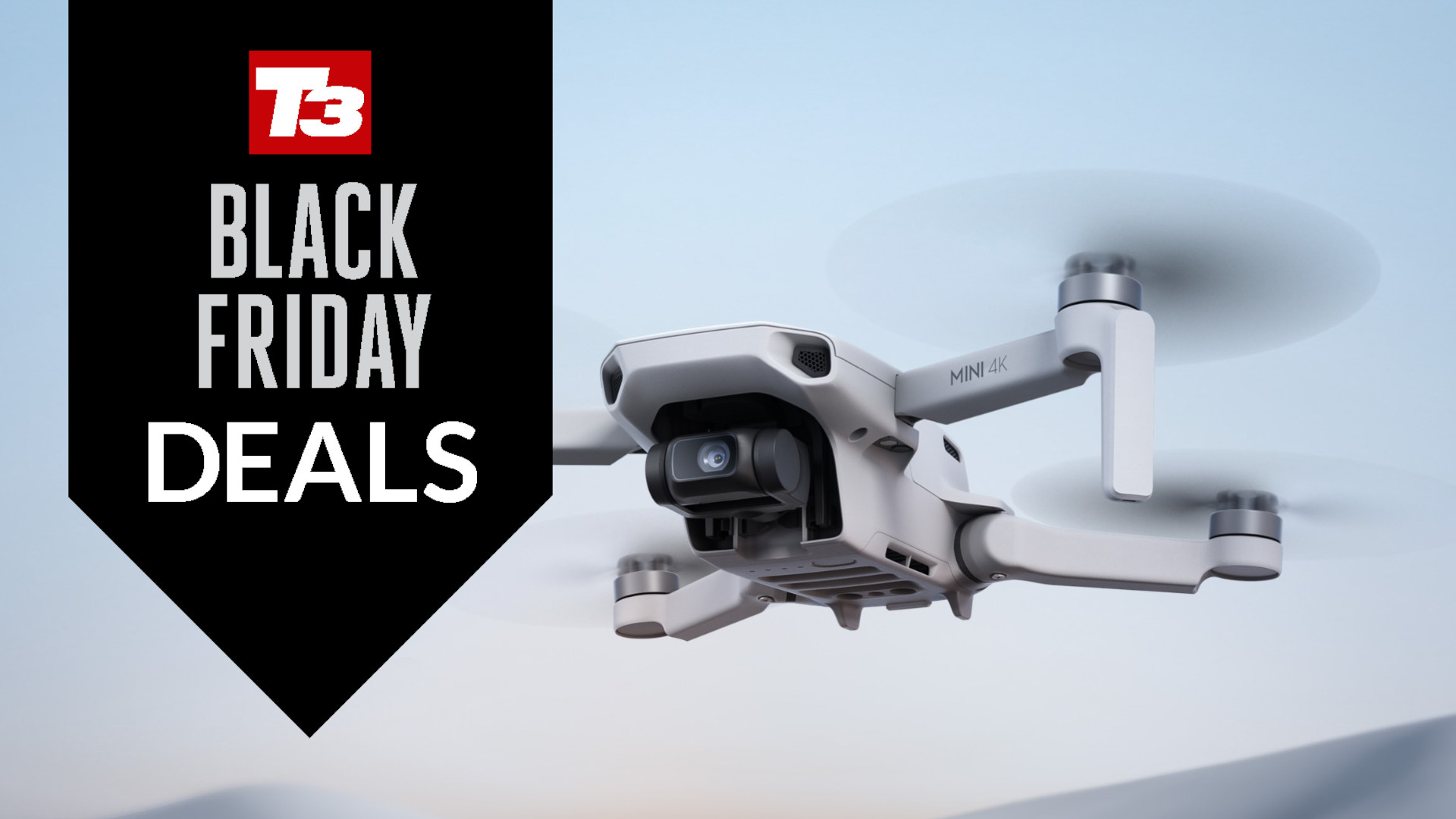 DJI’s best drone for beginner pilots suddenly drops to its lowest-ever price
DJI’s best drone for beginner pilots suddenly drops to its lowest-ever priceThe Mini 4K is less than $250 — don't let this amazing deal slip away!
By Bryony Firth-Bernard
-
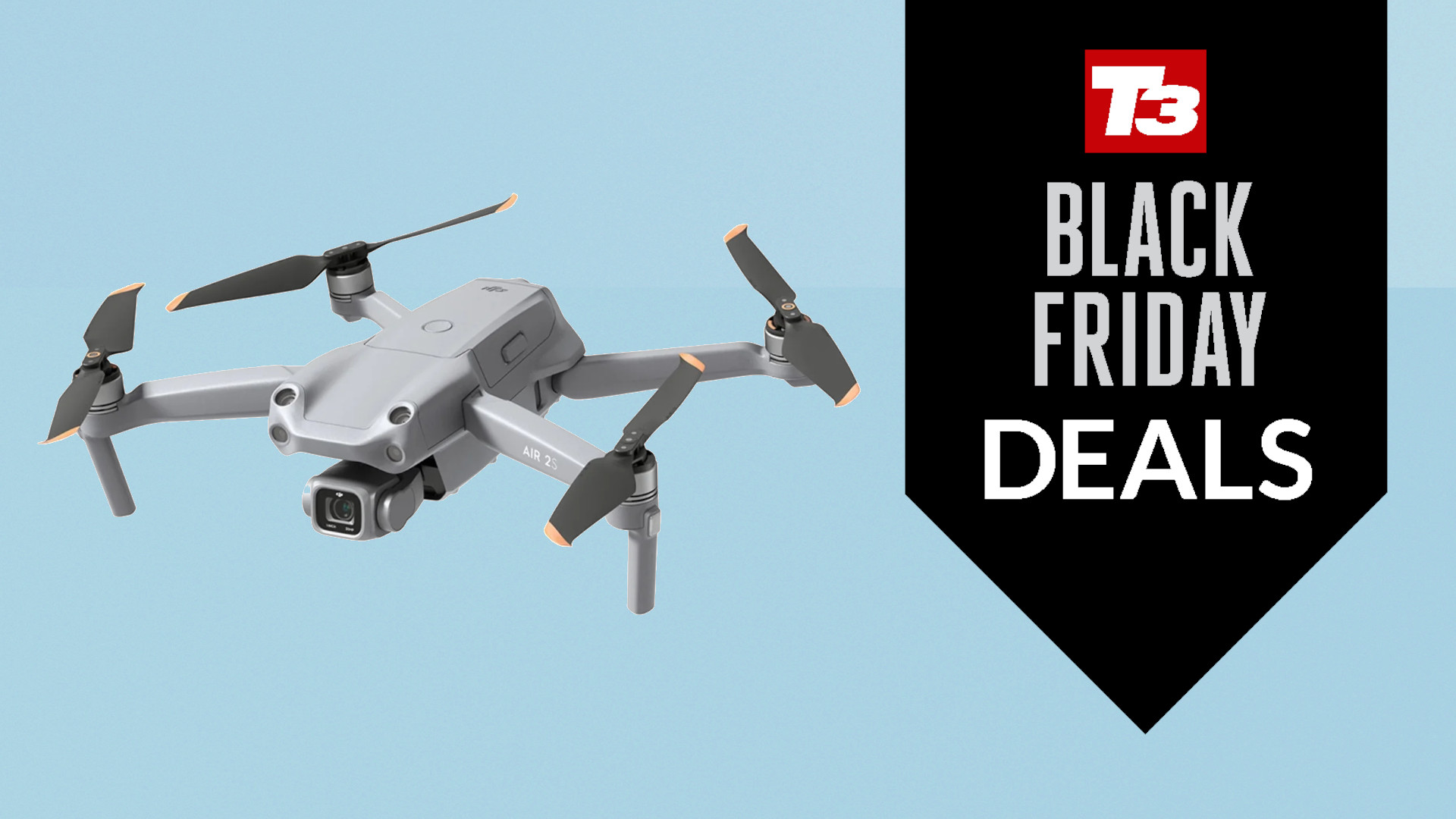 Quick! This 5-star DJI drone has $200 knocked off in Walmart’s Black Friday sale
Quick! This 5-star DJI drone has $200 knocked off in Walmart’s Black Friday saleThe AIR 2S Aerial is the ultimate camera drone
By Bryony Firth-Bernard
-
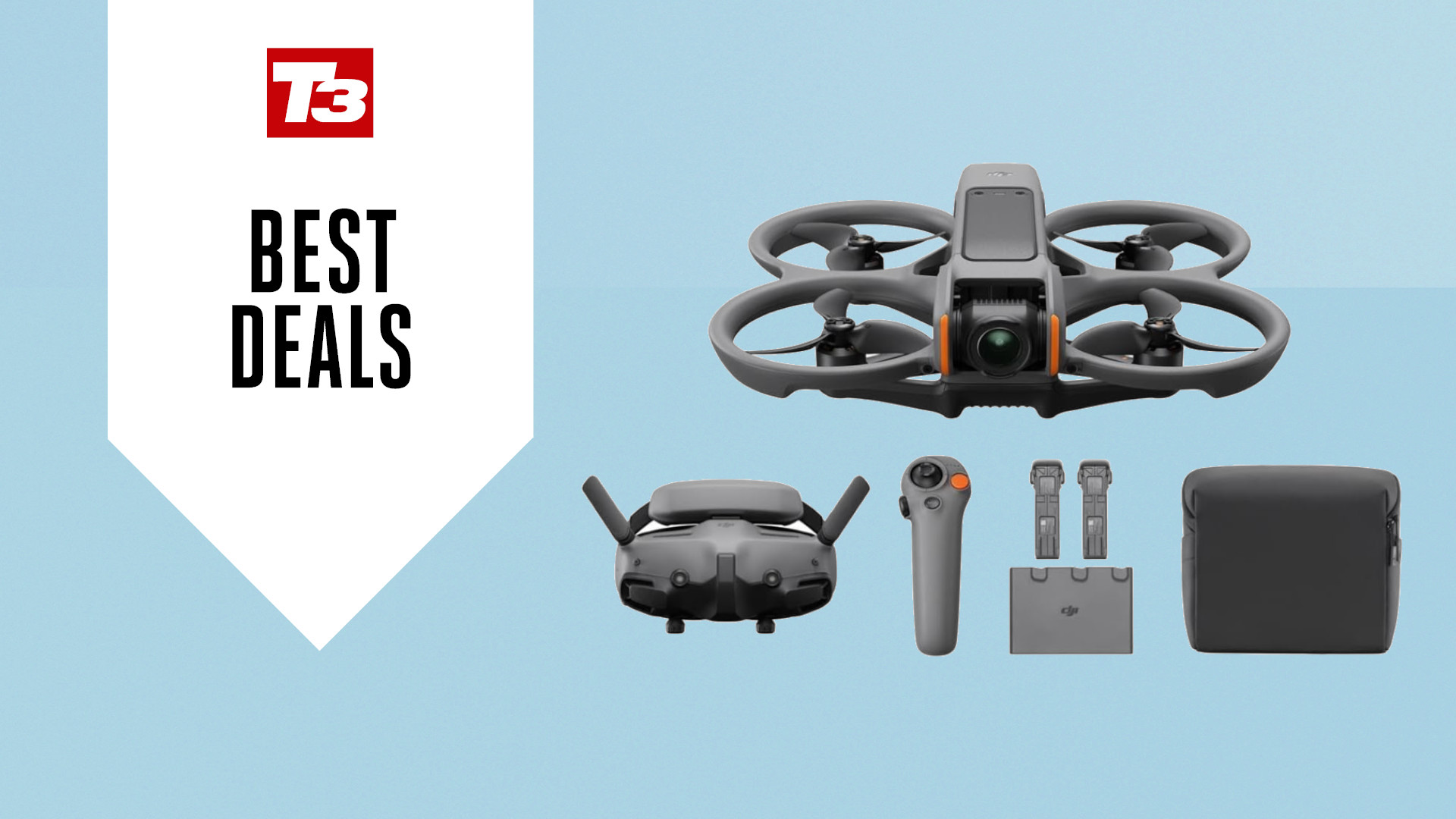 This DJI drone bundle has a (very) pretty pricetag in early Prime Day deal
This DJI drone bundle has a (very) pretty pricetag in early Prime Day dealIt's the cheapest it's ever been!
By Bryony Firth-Bernard
-
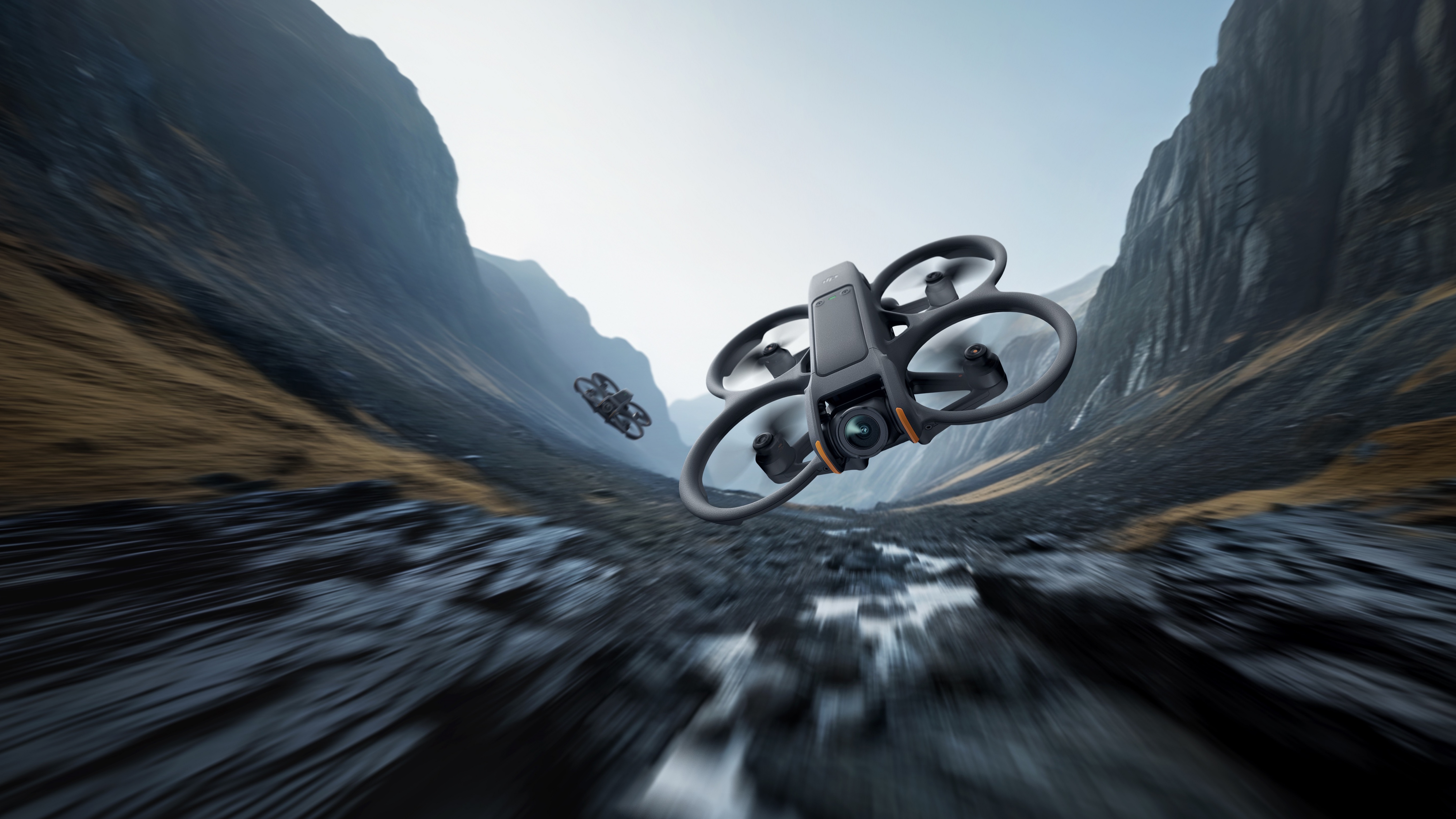
 DJI Avata 2 review: Next-level FPV flying for beginners
DJI Avata 2 review: Next-level FPV flying for beginnersStrap on your goggles and prepare for one of the most immersive experiences since Meta Quest
By Derek Adams
-
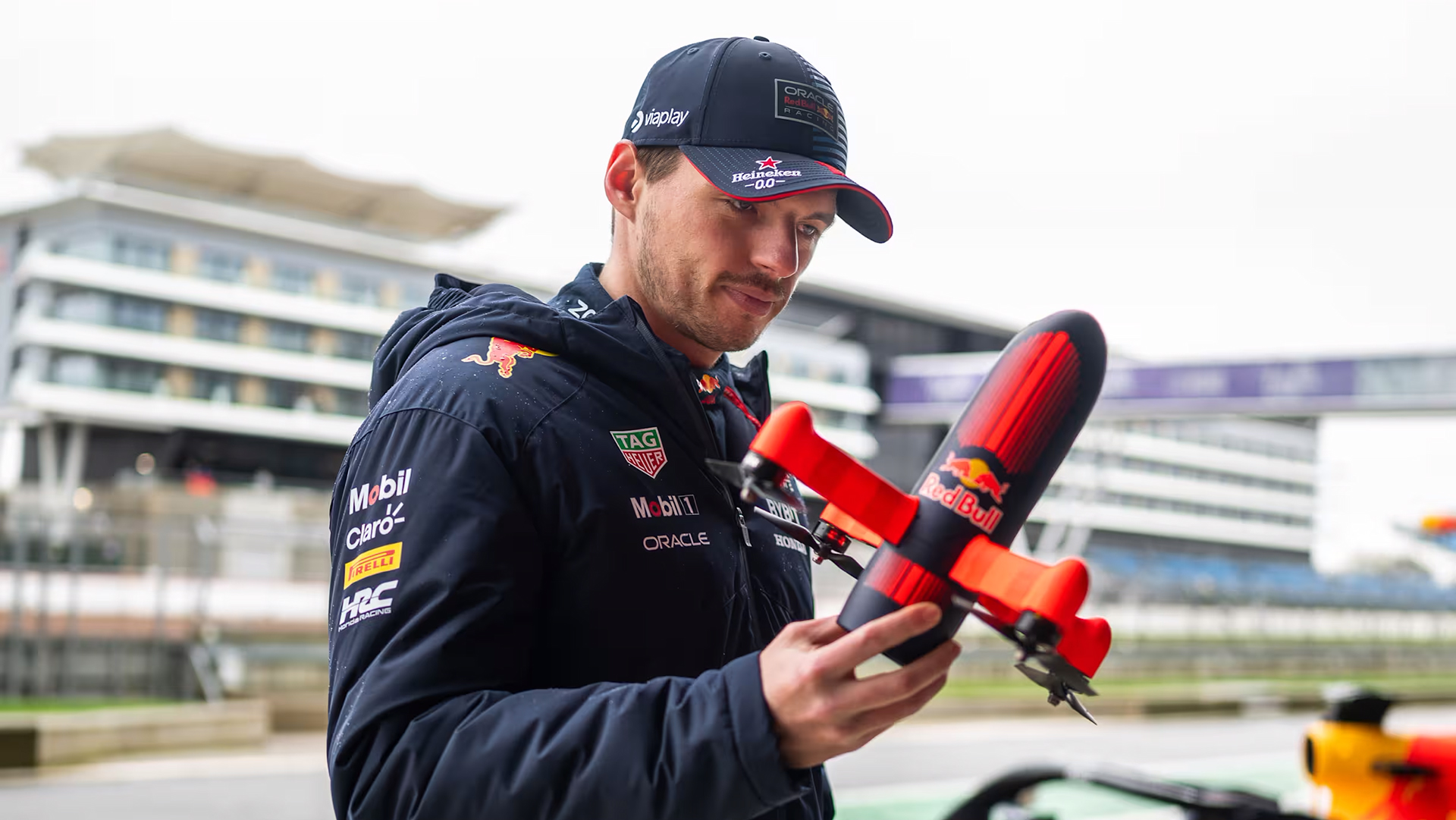 Can a drone keep up with an F1 car? This one can
Can a drone keep up with an F1 car? This one canCustom-built drone built by the Dutch Drone Gods can reach speeds up to 350 km/h
By Matt Kollat

